Apple for scale.
29.10.2025 14:49 — 👍 0 🔁 0 💬 0 📌 0Hedy Hopper Lovelace
@teacherofcomputing.bsky.social
Teacher of Computing in England she/her
@teacherofcomputing.bsky.social
Teacher of Computing in England she/her
Apple for scale.
29.10.2025 14:49 — 👍 0 🔁 0 💬 0 📌 0Apple for scale.
29.10.2025 14:44 — 👍 2 🔁 0 💬 0 📌 0When a chatbot gets something wrong, it’s not because it made an error. It’s because on that roll of the dice, it happened to string together a group of words that, when read by a human, represents something false. But it was working entirely as designed. It was supposed to make a sentence & it did.
19.06.2025 11:28 — 👍 11017 🔁 2231 💬 97 📌 71I cannot tell you how many tech journalists at prominent media organizations do not understand this
27.10.2025 15:32 — 👍 7487 🔁 2129 💬 124 📌 40
Sister Mary Celine Fasenmyer: She Wrote the Algorithm Before Computers Existed to Run It
voxmeditantis.com/2025/10/27/s...
#WomenInSTEM #STEM #Combinatorics #Hypergeometric #ComputerAlgebra

“There are few things more dehumanizing than being told by a machine that you’re not real because of your face"
For the last month, I've been speaking to people living with facial differences and disfigurements about how face verification tech is failing them. Spoiler: things aren't going well

8-inch, 5,25-inch, and 3,5-inch floppy disks https://en.wikipedia.org/wiki/Floppy_disk#/media/File:Floppy_disk_2009_G1.jpg
From lectures by Stephen Hawking to the letters of British politician Neil Kinnock – it's a race against time to save the historical treasures locked away on old floppy disks.
By Christian Kriticos
www.bbc.co.uk/future/artic...
#digital_dark_age

Some early computers, e.g. ENIAC and at least one IBM model, didn't store numbers as binary, they used a method similar to an abacus, with ten binary flags to represent the digits in each "column" (e.g. units, tens, hundreds, etc.) of the number being represented.
soranews24.com/2025/10/05/a...
(solemnly) You've had mail.
30.09.2025 19:43 — 👍 6902 🔁 2880 💬 111 📌 398
Have you come across p5js? I really enjoy teaching it to my Year 9 classes.
p5js.org/examples/

photo of paulina borsook
1/ A longtime Wired editor just wrote a mush-brained essay about how he totally missed the political rot of Silicon Valley (& still doesn't get it).
But in the late 1990s, a Wired journalist warned of a toxic ideology bubbling up from tech. Paulina Borsook has largely been erased. Let's change that
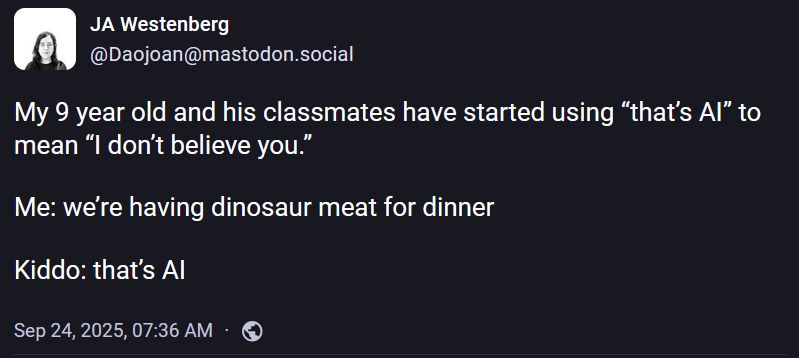
JA Westenberg @Daojoan@mastodon.social My 9 year old and his classmates have started using “that’s AI” to mean “I don’t believe you.” Me: we’re having dinosaur meat for dinner Kiddo: that’s AI Sep 24, 2025, 07:36 AM
They've lost the 9yos
24.09.2025 16:03 — 👍 10967 🔁 2941 💬 108 📌 364Welcome back to school this week, my geeklings!
01.09.2025 05:26 — 👍 0 🔁 0 💬 0 📌 0
Are automated tests only for professionals?
I don't think so. Programming beginners can also start early. I wrote this post as an introduction for C# developers:
frank.woopec.net/2025/06/22/h...
#LearnToCode #CSharp #dotnet #edutooter #informatikEdu

With results day around the corner, the pressure is on - for students, parents, and teachers.
But one message stands out: results don’t define you.
Thousands of teachers are saying it and they’re speaking from experience. Here's what they told us 👇
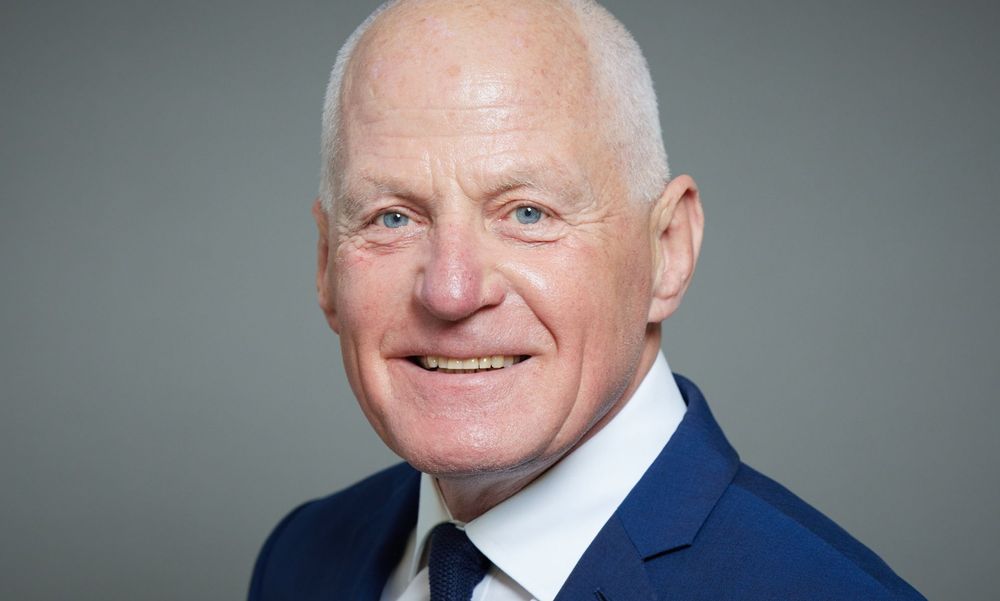
Lord Michael Cashman has spoken out against the RSHE guidance after signing the @prideineducation.bsky.social open letter.
01.08.2025 10:26 — 👍 265 🔁 64 💬 2 📌 8
NEW: ChatGPT allows Google to index chats users share using the Share functionality - presumably misinterpreting "make this chat discoverable". The result? Frank admissions about sex lives and drug dependencies. My latest for @fastcompany.com www.fastcompany.com/91376687/goo... tip @techmeme.com
30.07.2025 19:43 — 👍 373 🔁 238 💬 8 📌 71When you’re such a good coder that you face the back of the monitor as you work
14.07.2025 14:50 — 👍 423 🔁 41 💬 18 📌 2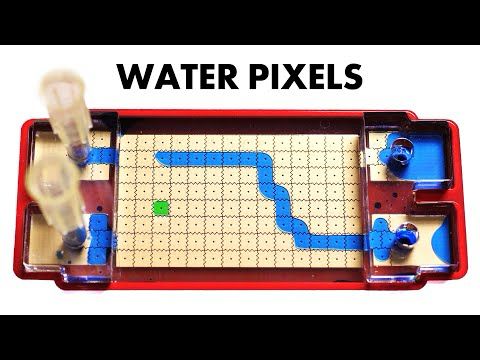
This is so much fun.
What a captivating project!
The only thread you'll need to read today:
09.07.2025 09:02 — 👍 33 🔁 14 💬 0 📌 0I‘m in love.
04.07.2025 20:39 — 👍 0 🔁 0 💬 0 📌 0I just solved Bellingcat's 'Training Time' challenge 🏆 Try it yourself! challenge.bellingcat.com
cc @cs4fn.bsky.social
- really enjoyed this. You have to name the room, having worked out where it is from the clues given.
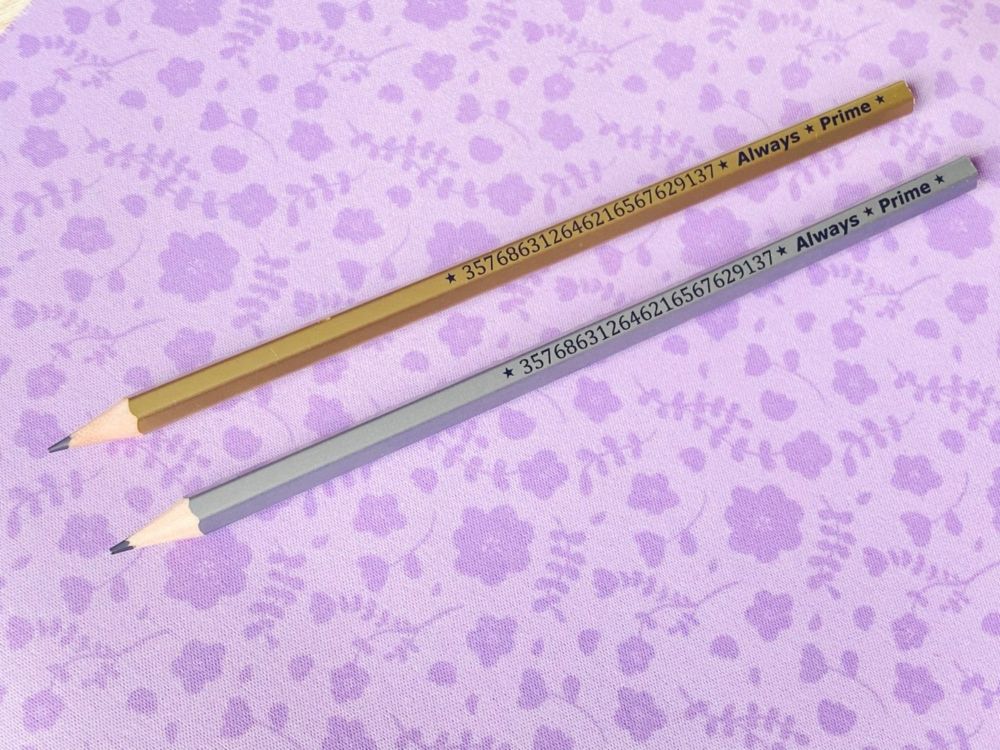
The other day I saw a "left-truncatable prime" pencil - a prime number where you could repeatedly remove the first digit and get another prime. I thought I'd see if I could write a program to find the longest example. I found this while it was running! #TeamCompSci
fwphys.com/2021/12/01/m...
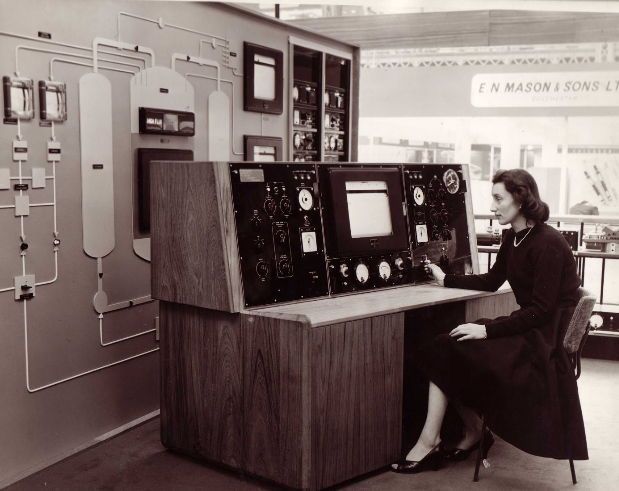
Today, we're highlighting Dina St Johnston, a pioneering woman in #Computing whose company, VPS, once owned our Elliott 803!
Learn more about Dina from Simon Lavington, TNMOC's Honorary Fellow from 2024 👉 buff.ly/kkHEChO
#RetroComputing #Museum #RetroTech
Good luck to everyone sitting CompSci GCSE paper 1 today!
12.05.2025 06:39 — 👍 0 🔁 0 💬 0 📌 0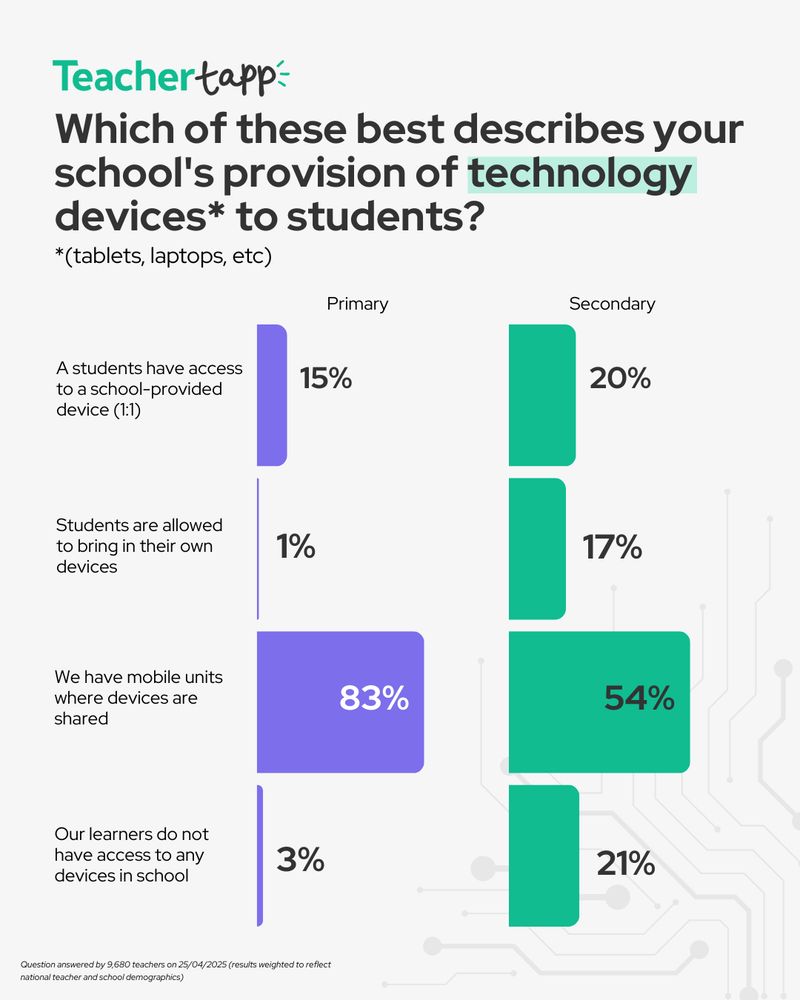
Devices in schools – what's happening?
🖥️ 15% of primary & 20% of secondary teachers say students have 1:1 devices
📵 3% of primary & 21% of secondary teachers say some students have no access at all
👩🏫 Most schools rely on shared mobile units
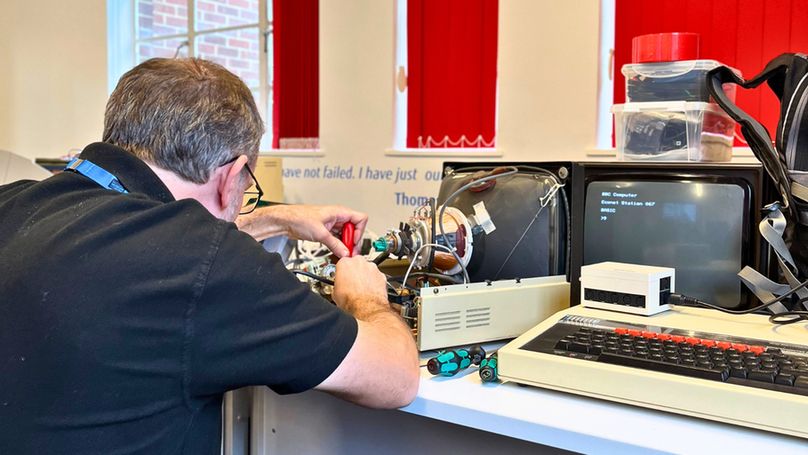
Want to get closer to #Computing #History? 🤔 Our #Volunteer Open Day on 18th May is your chance!
Learn about the diverse roles available and how you can contribute to #TNMOC.
RSVP 👉 buff.ly/VTjOMlM
#Volunteering #BletchleyPark #RetroTech
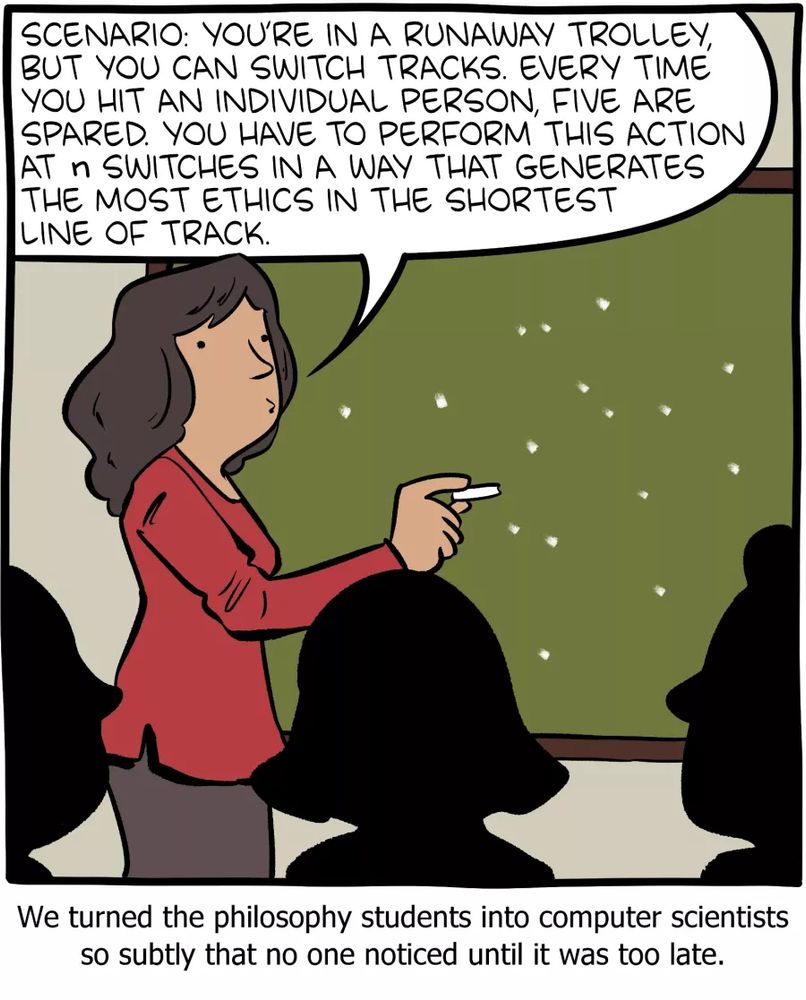
Conversion
www.smbc-comics.com/comic/conver...
It’s incredible how often stuff like this has a default password that’s never been changed
13.04.2025 03:24 — 👍 330 🔁 23 💬 5 📌 2